Home>Garden Essentials>How To Germinate Lettuce Hydroponically
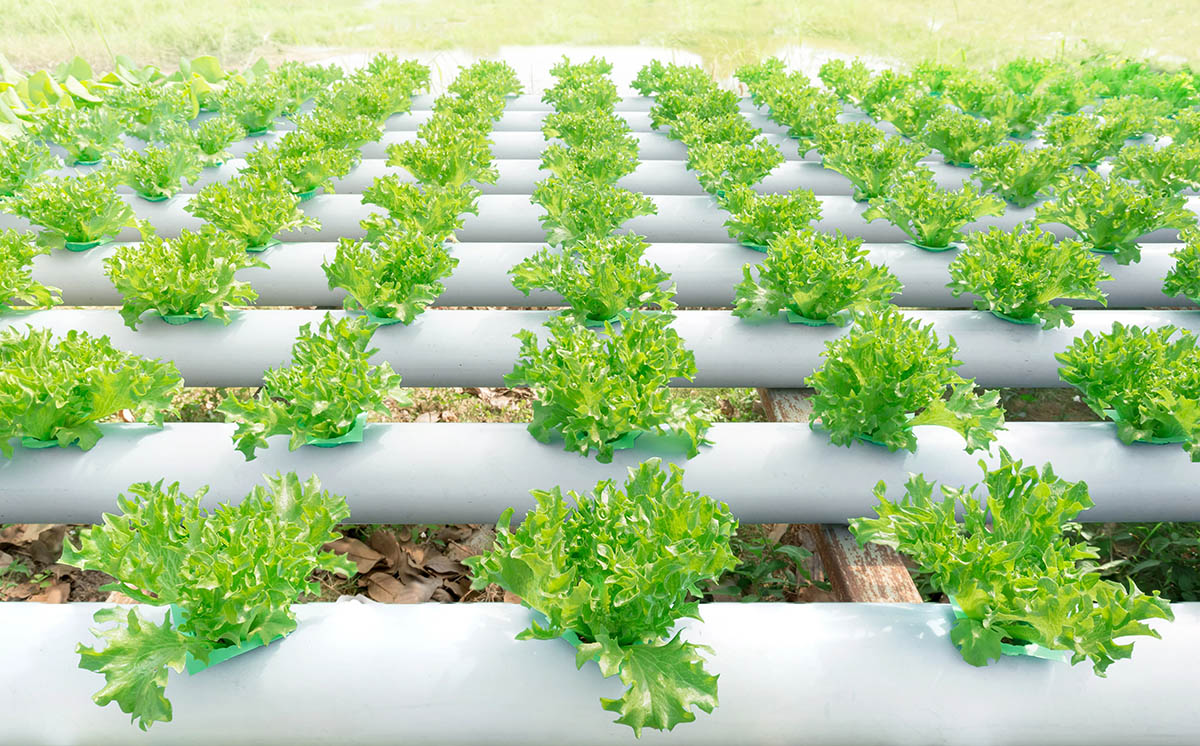

Garden Essentials
How To Germinate Lettuce Hydroponically
Modified: March 16, 2024
Learn how to successfully germinate lettuce hydroponically in your garden with this step-by-step guide. Enhance your gardening experience and yield fresh, healthy lettuce all year round.
(Many of the links in this article redirect to a specific reviewed product. Your purchase of these products through affiliate links helps to generate commission for Storables.com, at no extra cost. Learn more)
Introduction
Hydroponic gardening has gained popularity in recent years as an efficient and sustainable way to grow plants without the need for soil. One of the most commonly grown vegetables in hydroponic systems is lettuce. Lettuce is not only delicious and nutritious, but it also has a relatively short growth cycle, making it an ideal choice for hydroponic germination.
In this article, we will explore the benefits of hydroponic germination, guide you through the process step-by-step, and provide tips to help you achieve successful lettuce germination in your hydroponic garden.
So why choose hydroponics for lettuce germination? There are several advantages to growing lettuce hydroponically. Firstly, hydroponic gardening allows for better control over the growing conditions, including nutrient levels, pH, and temperature. This ensures optimal growth and minimizes the risk of pest infestations or diseases that can be common in soil-based cultivation.
Secondly, hydroponic systems use water more efficiently than traditional soil-based gardens, reducing water consumption by up to 90%. This is particularly important in areas with limited water resources or regions experiencing drought conditions.
Thirdly, hydroponic gardening offers a space-saving solution for urban dwellers or those with limited garden space. Vertical hydroponic systems, in particular, make it possible to grow a substantial amount of lettuce in a small area, maximizing yield without the need for expansive gardens.
Lastly, hydroponic gardening allows for year-round cultivation, independent of season or climate conditions. This means you can enjoy the freshness of homegrown lettuce even in the depths of winter.
Now that we understand the benefits of hydroponic gardening, let’s dive into the process of germinating lettuce hydroponically. We will cover everything from choosing the right lettuce variety to setting up the hydroponic system, providing appropriate lighting and nutrient levels, and caring for your plants until harvest time.
Key Takeaways:
- Hydroponic gardening allows for faster lettuce growth, water efficiency, and year-round cultivation, making it an ideal choice for home gardeners and commercial farmers alike.
- Choosing the right lettuce variety, setting up the hydroponic system, and providing proper care are essential for successful lettuce germination and a bountiful harvest of fresh, flavorful greens.
Read more: How To Store Hydroponic Lettuce
Benefits of Hydroponic Germination
Hydroponic germination offers numerous benefits for lettuce growers. Here are some key advantages of using hydroponics to germinate lettuce:
- Faster Growth: Hydroponic systems provide an optimal growing environment for lettuce, resulting in faster germination and growth compared to traditional soil-based methods. This means you can enjoy fresh and healthy lettuce in a shorter period of time.
- Water Efficiency: Hydroponic systems use water more efficiently than traditional gardening. The recirculating nature of hydroponics allows for water to be reused, reducing water consumption. Additionally, the controlled nature of hydroponic systems minimizes water loss due to evaporation or runoff.
- Space-Saving: Hydroponics is an excellent choice for those with limited garden space or urban dwellers. Vertical hydroponic systems utilize vertical space efficiently, allowing for the cultivation of multiple lettuce plants in a small area.
- Year-Round Cultivation: With hydroponic germination, you can grow lettuce year-round, regardless of the season or climate conditions in your area. This provides a continuous supply of fresh lettuce, even during colder months or in regions with limited growing seasons.
- Control over Growing Conditions: Hydroponic systems give you precise control over the growing conditions, including nutrient levels, pH balance, and temperature. This allows for optimal growth and development of the lettuce plants, maximizing their potential yield.
- Pest and Disease Control: By eliminating the use of soil, hydroponic systems minimize the risk of soil-borne pests and diseases that can harm lettuce plants. This reduces the need for pesticides and fungicides, making hydroponically grown lettuce a healthier and more environmentally-friendly option.
- High Nutritional Value: Lettuce grown hydroponically tends to have higher nutritional value compared to conventionally grown lettuce. This is due to the controlled nutrient delivery system in hydroponic setups, ensuring that the plants receive the optimal nutrients needed for their growth.
- Reduced Weed Growth: Hydroponic systems eliminate the need to deal with weeds, as there is no soil for weeds to take root. This saves time and effort typically spent on weed control and allows for better utilization of resources towards lettuce cultivation.
These benefits make hydroponic germination an attractive option for lettuce growers, whether you are a home gardener looking to enjoy fresh lettuce year-round or a commercial farmer seeking to maximize efficiency and productivity.
Choosing an Appropriate Lettuce Variety
When it comes to hydroponic germination, selecting the right lettuce variety is crucial for a successful outcome. Here are some factors to consider when choosing the appropriate lettuce variety for your hydroponic garden:
- Growth Characteristics: Different lettuce varieties have varying growth habits, such as loose-leaf, butterhead, romaine, or crisphead. Consider the growth characteristics that align with your preferences and the available space in your hydroponic system. Loose-leaf varieties, for example, are ideal for smaller systems as they don’t require substantial head formation.
- Growth Cycle: Lettuce varieties have different growth cycles, ranging from quick-maturing to slow-growing. Quick-maturing varieties are preferable for hydroponic systems, as they allow for faster harvests and the opportunity to enjoy a continuous supply of lettuce. Look for lettuce varieties that have a growth cycle of 30 to 45 days.
- Tolerance to Environmental Conditions: Consider the environmental conditions in your hydroponic garden, such as temperature and humidity levels. Look for lettuce varieties that are known to perform well in controlled environments. Some varieties are more tolerant to heat or cold, making them suitable for growing in varying climates.
- Disease Resistance: Choose lettuce varieties that have shown resistance to common diseases and pests. This can help minimize the risk of encountering issues that could affect the overall health and productivity of your lettuce plants. Look for varieties that are resistant to diseases like powdery mildew or lettuce mosaic virus.
- Taste and Texture: Consider personal preferences for taste and texture. Lettuce varieties have unique flavors and textures, ranging from mild and buttery to crisp and crunchy. Experiment with different varieties to find those that suit your palette and culinary needs.
- Appearance: The appearance of lettuce can be an important consideration, particularly if you plan to showcase your hydroponically grown lettuce. Look for varieties that have vibrant color and attractive leaf shapes to enhance the visual appeal of your garden.
Some popular lettuce varieties that perform well in hydroponic systems include ‘Salanova’, ‘Romaine’, ‘Buttercrunch’, ‘Red Sails’, and ‘Grand Rapids’. These varieties offer a good balance of growth rate, yield, taste, and visual appeal, making them ideal choices for hydroponic germination.
By taking into account these factors when selecting a lettuce variety for your hydroponic garden, you can ensure optimal growth, bountiful harvests, and the satisfaction of enjoying fresh, homegrown lettuce.
Setting Up the Hydroponic System
An essential step in germinating lettuce hydroponically is setting up the right hydroponic system. Here’s a step-by-step guide to help you get started:
- Choose the Hydroponic System: There are various hydroponic systems to choose from, including nutrient film technique (NFT), deep water culture (DWC), or a drip system. Consider factors such as available space, budget, and personal preference when selecting the system that best suits your needs.
- Secure a Growing Area: Find a suitable location for your hydroponic system. Ensure it has access to adequate light and is free from extreme temperature fluctuations.
- Set Up the Reservoir: Install a reservoir that will hold the nutrient-rich water solution. Size the reservoir based on the number of lettuce plants you plan to grow. Make sure it is properly sealed and lightproof to prevent the growth of algae.
- Install the Pump and Air Stones: Place a water pump in the reservoir to circulate the nutrient solution through the system. Add air stones to provide oxygen to the roots of the plants, enhancing their growth.
- Connect the Irrigation System: Connect the irrigation system to the pump, ensuring that water will reach all the plants evenly. The specific method will depend on the type of hydroponic system you are using.
- Choose Growing Containers: Select appropriate containers for your lettuce plants. You can use net pots, foam cubes, or any other suitable containers that allow the roots to access the nutrient solution while holding the plant upright.
- Arrange the Containers: Place the containers in the system, ensuring they are secure and stable. Arrange them to allow sufficient spacing between plants for optimal growth and airflow.
- Connect Lighting and Timers: Install grow lights above the lettuce plants to provide adequate light for photosynthesis. Set up timers to control the light cycle and ensure the plants receive a consistent period of light and darkness.
- Prepare the Nutrient Solution: Follow the manufacturer’s instructions to mix and prepare the nutrient solution. Ensure it has the appropriate balance of macronutrients and micronutrients to support the growth of lettuce.
- Prime and Test the System: Fill the reservoir with the prepared nutrient solution and let it run through the system for a short period to ensure everything is functioning correctly. Monitor pH and nutrient levels and make any necessary adjustments.
Setting up the hydroponic system may require some initial investment and experimentation, but once it is established, it provides a reliable and efficient means of growing lettuce hydroponically. With the system in place, you are now ready to move on to the next step: preparing the growing medium for your lettuce seeds.
Preparing the Growing Medium
Choosing the right growing medium is essential for successful lettuce germination in a hydroponic system. The growing medium provides support for the seeds and acts as a conduit for delivering the necessary nutrients and water. Here are some popular options for growing mediums:
- Rockwool: Rockwool cubes or slabs are commonly used in hydroponics. They provide excellent water retention and aeration for the seeds, promoting healthy root development. Prior to use, soak the rockwool cubes in water to remove any excess alkalinity and adjust the pH as needed.
- Coco Coir: Coco coir is a natural and sustainable option made from coconut fibers. It has good water retention and aeration properties and is environmentally friendly. Rinse the coco coir to remove any excess salts and adjust the pH before use.
- Perlite and Vermiculite: Perlite and vermiculite are lightweight and provide good aeration for the seeds. They are commonly mixed together in equal parts to create a suitable growing medium. Moistened perlite and vermiculite mixture creates a stable environment for the lettuce seeds to germinate.
- Expanded Clay Pellets: Also known as hydroton, expanded clay pellets are lightweight and provide excellent drainage and aeration. They are ideal for hydroponic systems that require diverse root growth. Rinse the clay pellets before using to remove any dust or debris.
- Grow Sponges: Grow sponges are synthetic sponges that absorb and hold water. They offer good support for germinating seeds and are easy to work with. Place the lettuce seeds in a precut hole in the grow sponge, ensuring they are firmly in place.
Once you have chosen the appropriate growing medium, it’s time to prepare it for the germinating lettuce seeds. Follow these steps:
- Moisten the Medium: Before placing the seeds, moisten the growing medium with pH-adjusted water or nutrient solution. Ensure it is evenly moist, allowing excess water to drain if necessary.
- Place the Seeds: Make small indentations or holes in the growing medium using your finger or a small tool. Place one or two seeds in each hole, following the recommended seed spacing for the type of lettuce being grown.
- Cover and Protect: Gently cover the seeds with a thin layer of the growing medium to protect them and promote proper germination. Ensure the seeds are not buried too deeply, as this can hinder their ability to sprout.
- Provide Moisture: Maintain adequate moisture levels in the growing medium by misting it with water or using a gentle spray. Avoid overwatering, as this can lead to damping-off or root rot.
- Monitor Germination: Keep a close eye on the growing medium and monitor the seeds for signs of germination. Maintain the appropriate environmental conditions, such as temperature and humidity, to support successful seed sprouting.
By selecting the right growing medium and properly preparing it for the lettuce seeds, you are setting the stage for successful germination and healthy growth in your hydroponic system. Now that the seeds are placed, the next step is to transfer them to the hydroponic system for continued cultivation.
Soaking the Lettuce Seeds
Soaking lettuce seeds prior to germination is a helpful step that can promote faster and more successful sprouting. Soaking the seeds softens the seed coat, allowing moisture to penetrate more easily and triggering the germination process. Here’s how to properly soak your lettuce seeds:
- Select Quality Seeds: Choose high-quality lettuce seeds from a reputable supplier. Look for seeds that are fresh, viable, and have a high germination rate.
- Measure the Seeds: Determine the amount of lettuce seeds you’ll need for your hydroponic system. It’s important to avoid overcrowding, so consider your desired plant spacing and the capacity of your system.
- Prepare a Soaking Solution: Fill a small container with lukewarm water. The water should be at room temperature or slightly warmer to help stimulate germination. Use filtered or distilled water to avoid any potential contaminants.
- Add the Seeds: Place the lettuce seeds into the container of water. Make sure there is enough water to completely cover the seeds. Stir gently with a clean utensil to ensure all the seeds are in contact with the water.
- Soak for the Recommended Time: The soaking time may vary depending on the lettuce variety. In general, Lettuce seeds usually require soaking for about 12 to 24 hours. Refer to the seed packet or supplier’s instructions for specific soaking duration.
- Monitor the Soaking Process: Keep an eye on the seeds while they soak. You may notice some seeds starting to swell or develop a slightly gel-like coating. This is a positive sign that the soaking process is working effectively.
- Drain and Rinse: After the recommended soaking time, carefully drain the water from the container. Gently rinse the seeds with fresh water to remove any residue or excess gel-like coating.
- Transfer to Growing Medium: Once the lettuce seeds are rinsed, they are ready to be transferred to your prepared growing medium. Follow the instructions provided earlier for preparing the growing medium and placing the seeds into it.
- Provide Optimal Germination Conditions: After transferring the soaked seeds to the growing medium, ensure that the environmental conditions, such as temperature and humidity, are suitable for germination. Provide adequate lighting if necessary and monitor the progress of your lettuce seeds as they sprout.
Soaking lettuce seeds before germination can improve the chances of successful sprouting and give your lettuce plants a head start. By following these steps and giving your lettuce seeds the care they need, you are well on your way to a thriving hydroponic lettuce garden.
To germinate lettuce hydroponically, use a growing medium like rockwool or perlite, keep the seeds moist and warm, and provide adequate light for 16-18 hours a day.
Transferring the Seeds to the Hydroponic System
Once your lettuce seeds have been soaked and germination is initiated, it’s time to transfer them to the hydroponic system. This is an important step in ensuring proper growth and development of your lettuce plants. Follow these guidelines for successful seed transfer:
- Prepare the Seeding Site: Determine the appropriate location in your hydroponic system to place the seeds. This could be net pots, grow sponges, or any other growing containers suitable for your system.
- Ensure Proper Drainage: Check that the containers have adequate drainage holes to prevent waterlogging and root rot. Proper drainage is essential for healthy root development.
- Pre-moisten the Growing Medium: Before transferring the seeds, make sure the growing medium is slightly moist. This will provide a suitable environment for the seeds to settle in and promote root growth.
- Transfer the Seeds: Gently place the germinated seeds into the prepared containers of the hydroponic system. Use tweezers or a small spoon to handle the delicate seedlings, being careful not to disturb their delicate roots.
- Plant Spacing: Pay attention to the recommended plant spacing for the specific lettuce variety you’re growing. Allow sufficient space between each seedling to ensure proper air circulation and avoid overcrowding.
- Secure the Seedlings: Carefully fill in the growing medium around the seedlings, ensuring they are held firmly in place. Avoid burying the seedlings too deeply, as this may impede their growth or inhibit nutrient absorption.
- Water the Seedlings: After transferring the seeds to the hydroponic system, water the seedlings gently. This helps settle the growing medium and provides essential moisture for their initial growth.
- Adjust Lighting and Nutrient Solution: Place the hydroponic setup under appropriate lighting conditions for the type of lettuce being grown. Adjust the lighting intensity and duration based on the specific lettuce variety’s requirements. Ensure the nutrient solution is set at the appropriate pH and nutrient levels for seedling growth.
- Maintain Ideal Environmental Conditions: Monitor the temperature and humidity within the hydroponic system to provide an optimal growing environment for the seedlings. Proper ventilation and air circulation are crucial for preventing issues such as mold or fungal diseases.
- Monitor and Care for the Seedlings: Keep a close eye on the seedlings as they establish themselves in the hydroponic system. Regularly monitor the moisture levels in the growing medium and adjust watering as needed. Be observant for any signs of nutrient deficiencies, pests, or diseases, and take appropriate measures to address them.
Transferring the soaked and germinated lettuce seeds to the hydroponic system is a critical step in nurturing healthy plants. By carefully following these steps and providing optimal growing conditions, you’ll be well on your way to cultivating robust and productive lettuce plants in your hydroponic garden.
Providing Appropriate Lighting and Temperature Conditions
Proper lighting and temperature are crucial factors in the successful germination and growth of lettuce in a hydroponic system. Lettuce plants rely on light for photosynthesis and temperature for optimal growth. Here are some guidelines for providing the right lighting and temperature conditions:
Lighting:
- Light Intensity: Lettuce plants require 12-16 hours of light per day. Provide them with a light intensity of 200-400 µmol/m²s throughout the vegetative growth stage. LED grow lights are a popular choice for hydroponic systems as they provide the necessary spectrum and can be adjusted for optimal light intensity.
- Light Spectrum: Ensure your grow lights provide a full spectrum of light, including blue and red wavelengths. Blue light promotes leafy growth and chlorophyll production, while red light helps in flower formation and overall growth. A balanced spectrum ensures healthy, compact, and vibrant lettuce plants.
- Light Duration and Timing: Maintain a consistent light schedule to mimic natural daylight. Use timers to control the light duration and ensure a regular cycle of light and darkness. Lettuce plants generally thrive with 12-16 hours of light and 8-12 hours of darkness.
- Light Distance: Position the grow lights at an appropriate distance from the lettuce plants to avoid light burn or heat stress. As the plants grow, adjust the light height to maintain an optimal distance of 10-14 inches between the leaves and the light source.
Temperature:
- Optimal Germination Temperature: During germination, lettuce seeds usually require a temperature range of 70-75°F (21-24°C). This encourages speedy and uniform seed sprouting. A seedling heat mat can provide consistent bottom heat to help maintain the desired germination temperature.
- Leafy Growth Temperature: Once the lettuce seedlings are established, maintain a slightly cooler temperature of 60-70°F (15-21°C). This promotes healthy leafy growth and prevents the plants from bolting or becoming bitter.
- Air Circulation: Ensure proper air circulation within the hydroponic system to prevent temperature variations and humidity buildup. Use fans or ventilation systems to maintain a gentle airflow around the plants.
- Temperature Fluctuations: Avoid extreme temperature fluctuations, as they can stress the lettuce plants. Aim for a stable temperature range to provide a comfortable environment for the plants to thrive.
By providing appropriate lighting and temperature conditions, you create an environment in which lettuce plants can grow and flourish. Consistently monitoring and adjusting these factors throughout the growth stages will ensure healthy and productive lettuce in your hydroponic garden.
Monitoring and Adjusting Nutrient Levels
In a hydroponic system, monitoring and maintaining proper nutrient levels is vital for the healthy growth and development of lettuce plants. Nutrients are essential for plant growth, and in a soilless environment, it’s crucial to ensure that the plants receive the necessary elements for optimal nutrition. Here are some guidelines for monitoring and adjusting nutrient levels in your hydroponic system:
- Conduct Regular Testing: Regularly test the nutrient solution in your hydroponic system to determine its pH and nutrient composition. Use a pH meter to monitor the acidity or alkalinity of the solution and a nutrient testing kit to measure the specific nutrient levels.
- Adjust pH Levels: Maintain the pH of the nutrient solution within the optimal range for lettuce cultivation, which is typically between 5.5 and 6.5. If the pH is too high or too low, use pH up or pH down solutions to make necessary adjustments. Keep in mind that pH can influence nutrient availability and absorption by the plants.
- Balance Nutrient Concentrations: Ensure the nutrient solution contains the essential macronutrients (nitrogen, phosphorus, and potassium) as well as the necessary micronutrients (iron, manganese, calcium, etc.) needed for lettuce growth. Refer to recommended nutrient concentrations based on the stage of plant growth and adjust the solution accordingly.
- Monitor Nutrient Deficiencies or Imbalances: Regularly inspect your lettuce plants for any signs of nutrient deficiencies or imbalances, such as yellowing leaves, stunted growth, or unusual leaf discoloration. Use nutrient deficiency charts or guides to help diagnose and correct any nutrient issues promptly.
- Adjust Nutrient Solution Strength: Depending on the growth stage of the lettuce plants, you may need to adjust the strength or concentration of the nutrient solution. Young seedlings generally require a more diluted solution, while mature plants may benefit from a stronger nutrient mix. Always refer to the specific nutrient requirements of the lettuce variety being grown.
- Monitor and Adjust EC Levels: Use an electrical conductivity (EC) meter to measure the concentration of minerals in the nutrient solution. EC measures the overall nutrient strength. Adjust the nutrient solution’s EC levels based on the growth stage of the lettuce plants and the manufacturer’s recommendations.
- Regularly Flushing the System: To prevent the accumulation of salts and maintain nutrient balance, periodically flush the system with fresh, pH-adjusted water. This helps remove any built-up residue and reset the nutrient solution’s composition.
Consistent monitoring and adjustment of nutrient levels are essential for optimizing the health and productivity of lettuce plants in a hydroponic system. Keep detailed records of nutrient solutions, pH levels, and any adjustments made to ensure you can track the progress and make informed decisions about nutrient management in your hydroponic garden.
Read more: How Long Does It Take Lettuce To Germinate?
Caring for the Germinating Lettuce Plants
Once your lettuce seeds have germinated and are growing in the hydroponic system, it’s important to provide proper care to ensure their healthy development. Here are some essential tips for caring for the germinating lettuce plants:
- Watering: Maintain proper moisture levels in the growing medium by providing regular watering. Keep the growing medium slightly moist but avoid overwatering to prevent root rot or fungal diseases. Monitor the moisture content and adjust watering frequency as needed.
- Air Circulation: Ensure proper air circulation within the hydroponic system. Allow for gentle airflow around the lettuce plants to prevent the buildup of humidity and minimize the risk of diseases like damping-off. Use fans or ventilation to promote airflow.
- Temperature: Continue to monitor and maintain appropriate temperature conditions for the germinating lettuce plants. Ensure the temperature remains within the optimal range to support healthy growth. Avoid extreme temperature fluctuations that can stress the plants.
- Nutrient Solution: Regularly monitor the nutrient solution and ensure it remains at the appropriate concentration and pH level. Adjust the nutrient solution as needed to meet the changing needs of the growing lettuce plants. Maintain proper nutrient balance to prevent nutrient deficiencies or imbalances.
- Pruning and Thinning: As the lettuce plants grow, periodically trim or prune any damaged or yellowing leaves. This helps redirect energy to healthier parts of the plant. Additionally, thin out overcrowded plants to ensure adequate airflow and spacing for optimal growth.
- Pest and Disease Management: Keep a close eye on the lettuce plants for signs of pests or diseases. Common pests in hydroponic systems include aphids, whiteflies, and spider mites. Implement appropriate pest management strategies, such as insecticidal soaps or biological controls, to keep pests in check. If you notice any signs of diseases, promptly isolate affected plants and take appropriate measures to prevent the spread.
- Lighting: Continue to provide appropriate lighting conditions for the germinating lettuce plants. Adjust the light intensity and duration as the plants grow. Keep the grow lights at the recommended distance from the plants to avoid light burn or heat stress.
- Support and Staking: If you notice that the lettuce plants are growing tall and are at risk of falling over, consider providing support or staking. Use bamboo stakes or plant supports to help keep the plants upright and prevent breakage.
- Maintain a Clean System: Regularly clean and disinfect the hydroponic system to prevent the buildup of algae, microbes, or mineral deposits. This helps maintain a healthy growing environment for the lettuce plants.
- Monitor Growth and Development: Regularly observe and monitor the growth of your lettuce plants. Take note of any changes in appearance, growth rate, or overall health. This allows you to identify and address any issues promptly.
Caring for germinating lettuce plants in a hydroponic system requires attention to detail and regular monitoring. By providing the proper care outlined above, you can ensure the healthy development of your lettuce plants and maximize their productivity in your hydroponic garden.
Harvesting the Lettuce
One of the most satisfying aspects of growing lettuce hydroponically is the opportunity to harvest fresh and flavorful leaves for your culinary creations. Harvesting lettuce at the right time ensures optimal taste, texture, and yield. Here’s how to properly harvest your hydroponically grown lettuce:
- Observe Growth Stage: Pay attention to the growth stage of the lettuce plants. Different varieties have different maturity rates, but lettuce can generally be harvested when the leaves are full-sized and have reached the desired maturity level.
- Harvest Leaf Lettuce: For leaf lettuce varieties, such as ‘Salanova’ or ‘Red Sails’, you can begin harvesting individual outer leaves when they reach the desired size. Use clean scissors or shears to cut the leaves just above the base of the plant, allowing younger inner leaves to continue growing. This allows for a continuous harvest throughout the plant’s life cycle.
- Harvest Head Lettuce: Head lettuce varieties, such as ‘Buttercrunch’ or ‘Romaine’, are best harvested when the heads are firm and compact. Gently grasp the head with one hand and use a sharp knife to cut it at the base. Alternatively, you can remove the outer leaves and allow the inner leaves to continue growing for a second harvest.
- Harvesting Baby Lettuce Greens: If you prefer baby lettuce greens, you can harvest them when they are about 2-4 inches tall. Simply snip the leaves at the desired height, allowing the center of the plant to continue growing and producing more leaves.
- Handle with Care: When harvesting lettuce, take care not to bruise or damage the leaves. Handle the plants gently to avoid unnecessary stress or injury.
- Rinse and Store: After harvesting, gently rinse the lettuce leaves to remove any dirt or debris. Pat them dry or use a salad spinner to remove excess moisture. Store the lettuce in a clean and breathable container, such as a sealed bag or container lined with paper towels, in the refrigerator. Freshly harvested lettuce can stay fresh for up to a week when stored properly.
- Continuous Harvesting: With leaf lettuce varieties, you can continue to harvest leaves as needed, allowing the plant to produce new leaves for future harvests. This provides a steady supply of fresh lettuce for your culinary enjoyment.
- Enjoy the Bounty: Finally, savor the fruits of your labor by incorporating your hydroponically grown lettuce into a variety of dishes. Whether it’s a refreshing salad, a flavorful wrap, or a crunchy addition to your favorite sandwiches, freshly harvested lettuce adds a delightful crunch and vibrant flavor to your meals.
By following these guidelines for harvesting lettuce from your hydroponic system, you can enjoy a bountiful harvest of fresh and nutritious greens. Take pride in the fact that you have grown your own flavorful lettuce and savor every bite of the delicious results.
Conclusion
Growing lettuce hydroponically provides a rewarding and efficient way to cultivate fresh and nutritious greens throughout the year. By utilizing the benefits of hydroponic gardening, such as precise control over growing conditions, water efficiency, and space-saving techniques, you can enjoy a continuous supply of vibrant lettuce in any climate and with limited space.
In this article, we have covered the essential steps to successfully germinate lettuce hydroponically. From selecting the appropriate lettuce variety to setting up the hydroponic system, preparing the growing medium, and providing the necessary lighting and temperature conditions, each stage plays a crucial role in the growth and development of your lettuce plants.
Caring for germinating lettuce plants requires close attention to watering, proper air circulation, temperature control, and nutrient management. Regular monitoring and adjustment of nutrient levels, along with pest and disease prevention, contribute to the overall health and productivity of your lettuce plants.
Harvesting the lettuce at the right time ensures that you can enjoy the best taste, texture, and yield. Whether you opt for leaf lettuce or head lettuce, harvesting them with care and storing them properly will help maintain their freshness and flavor.
Embarking on a hydroponic lettuce growing journey may require some initial investment and experimentation, but the rewards are worth it. Enjoy the satisfaction of growing your own lettuce and relish the delight of indulging in fresh, homegrown greens straight from your hydroponic garden.
So, gather your supplies, select the right lettuce variety, set up your hydroponic system, and start germinating lettuce hydroponically. With attention to detail and a little bit of patience, you’ll soon be harvesting delicious and nutritious lettuce from your own thriving hydroponic garden.
Frequently Asked Questions about How To Germinate Lettuce Hydroponically
Was this page helpful?
At Storables.com, we guarantee accurate and reliable information. Our content, validated by Expert Board Contributors, is crafted following stringent Editorial Policies. We're committed to providing you with well-researched, expert-backed insights for all your informational needs.
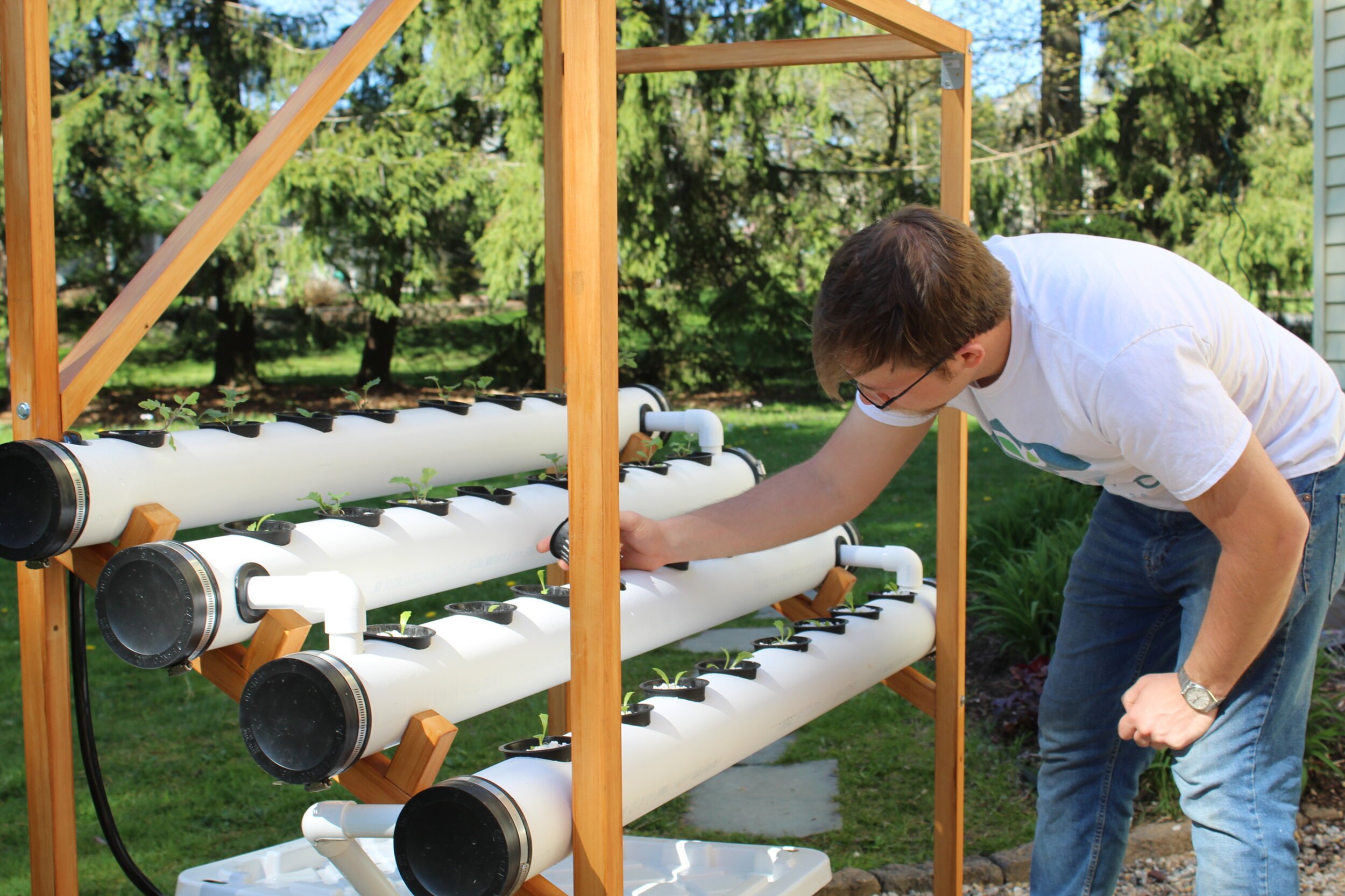
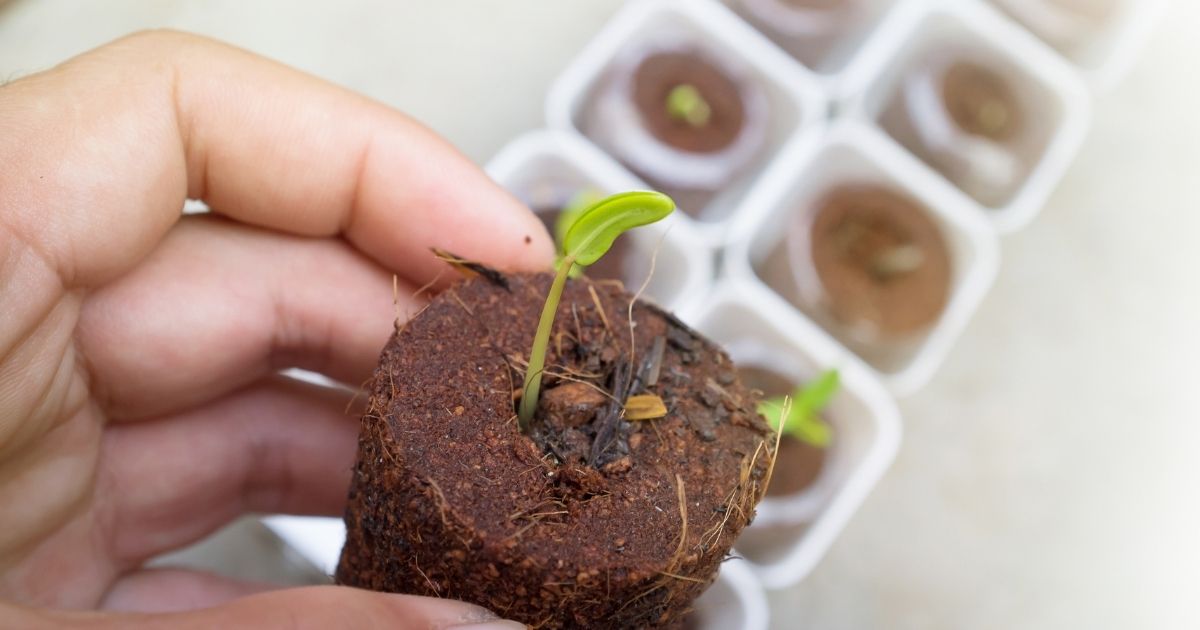
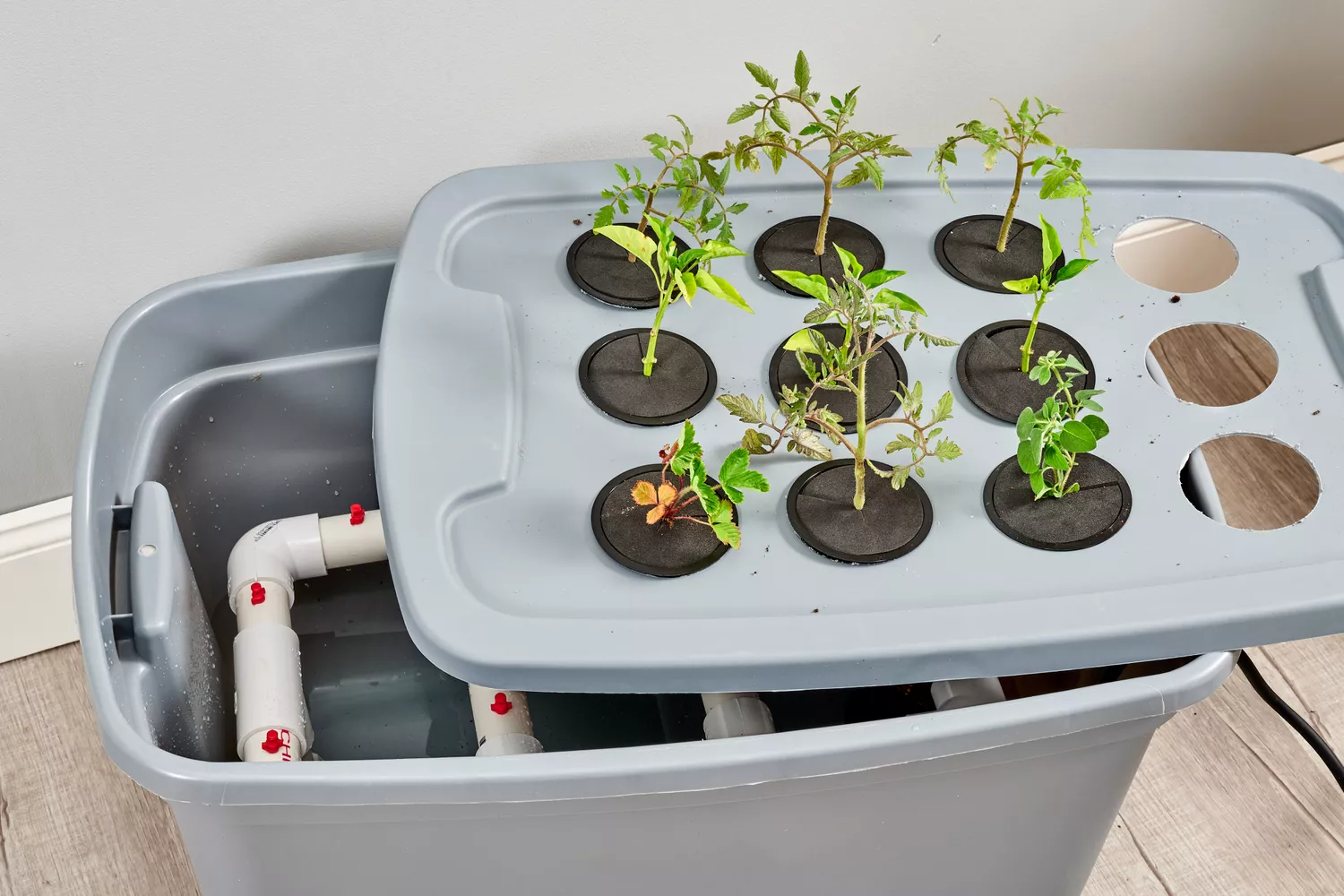
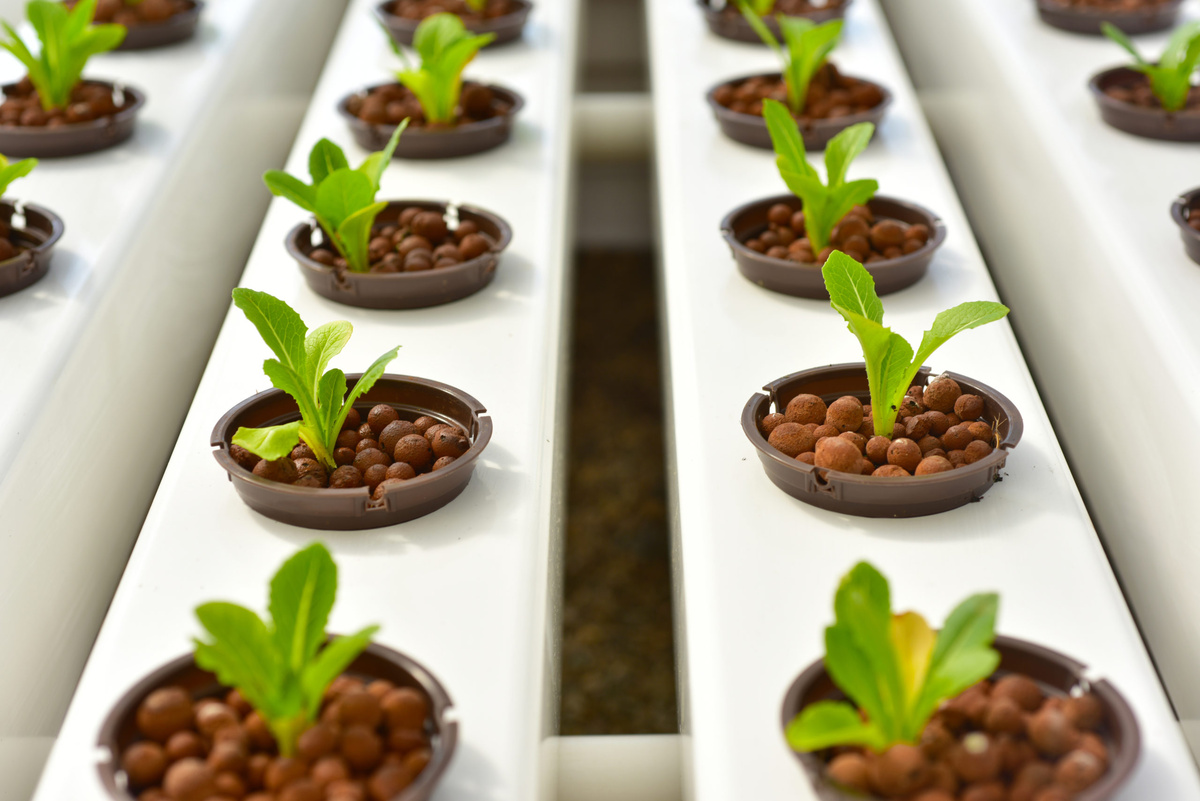
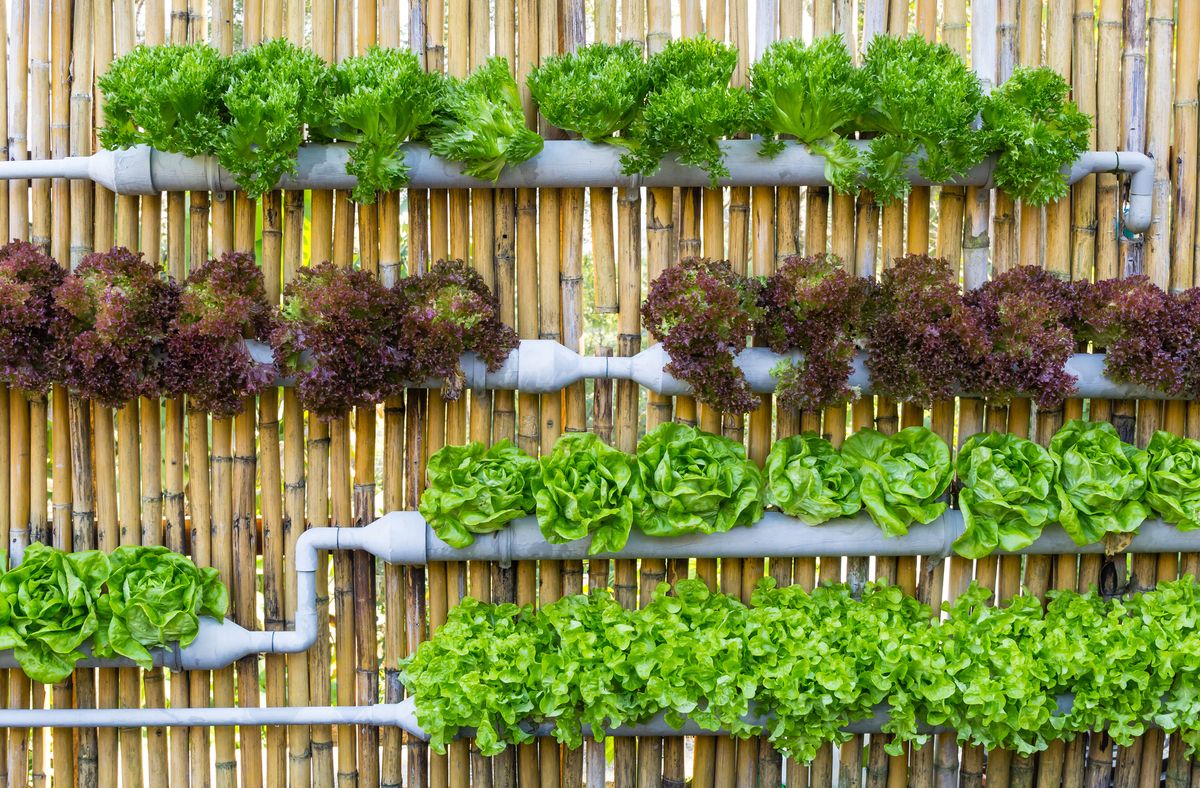
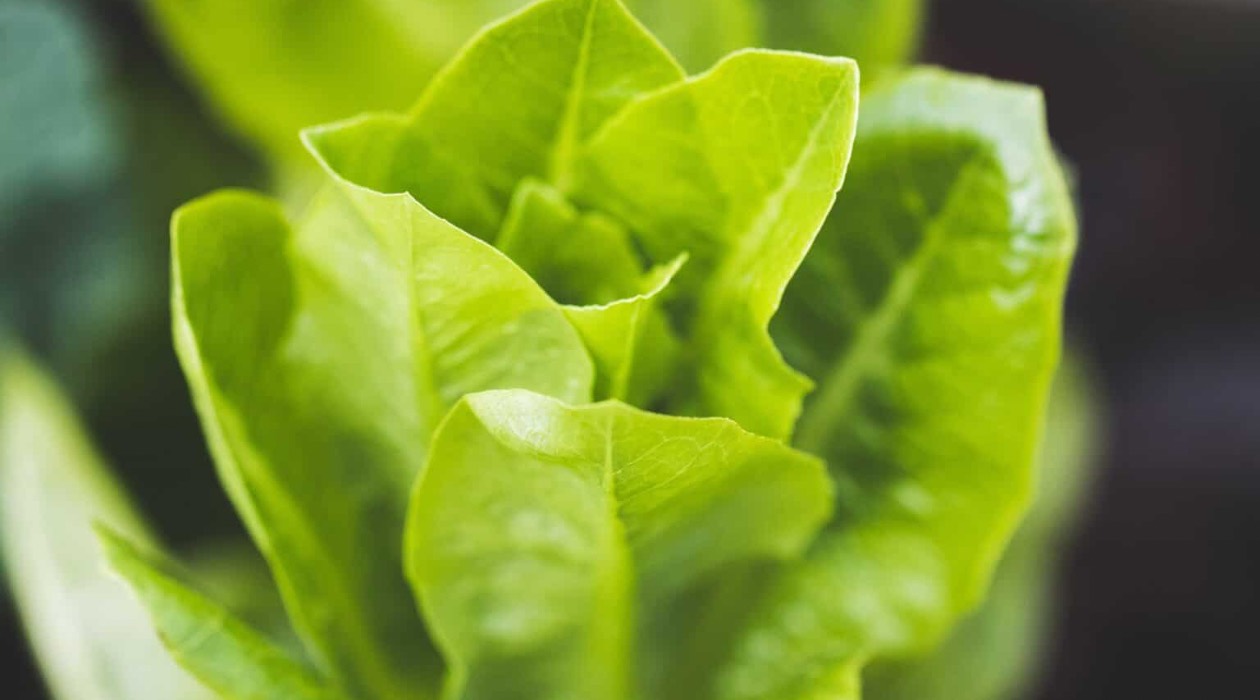
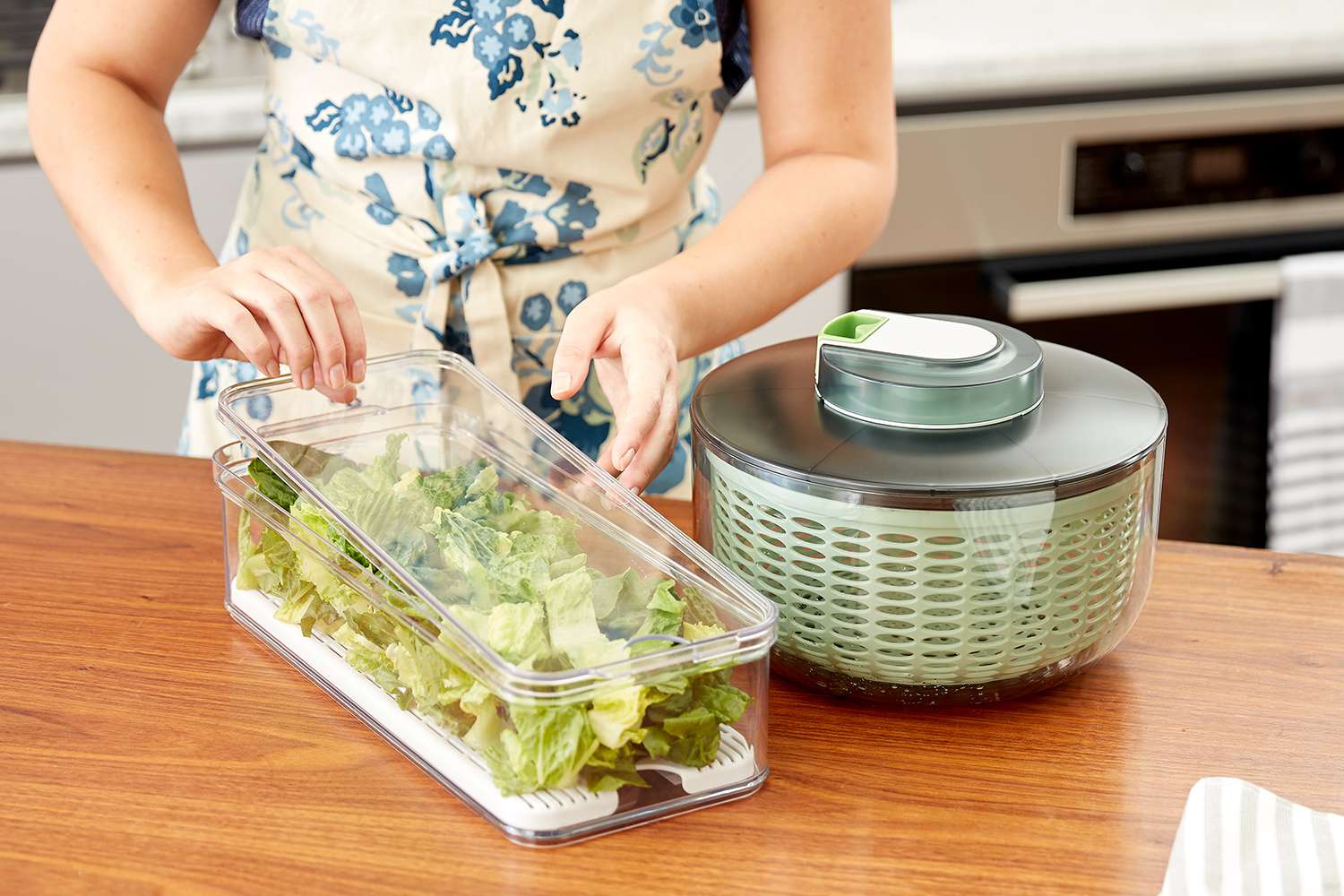
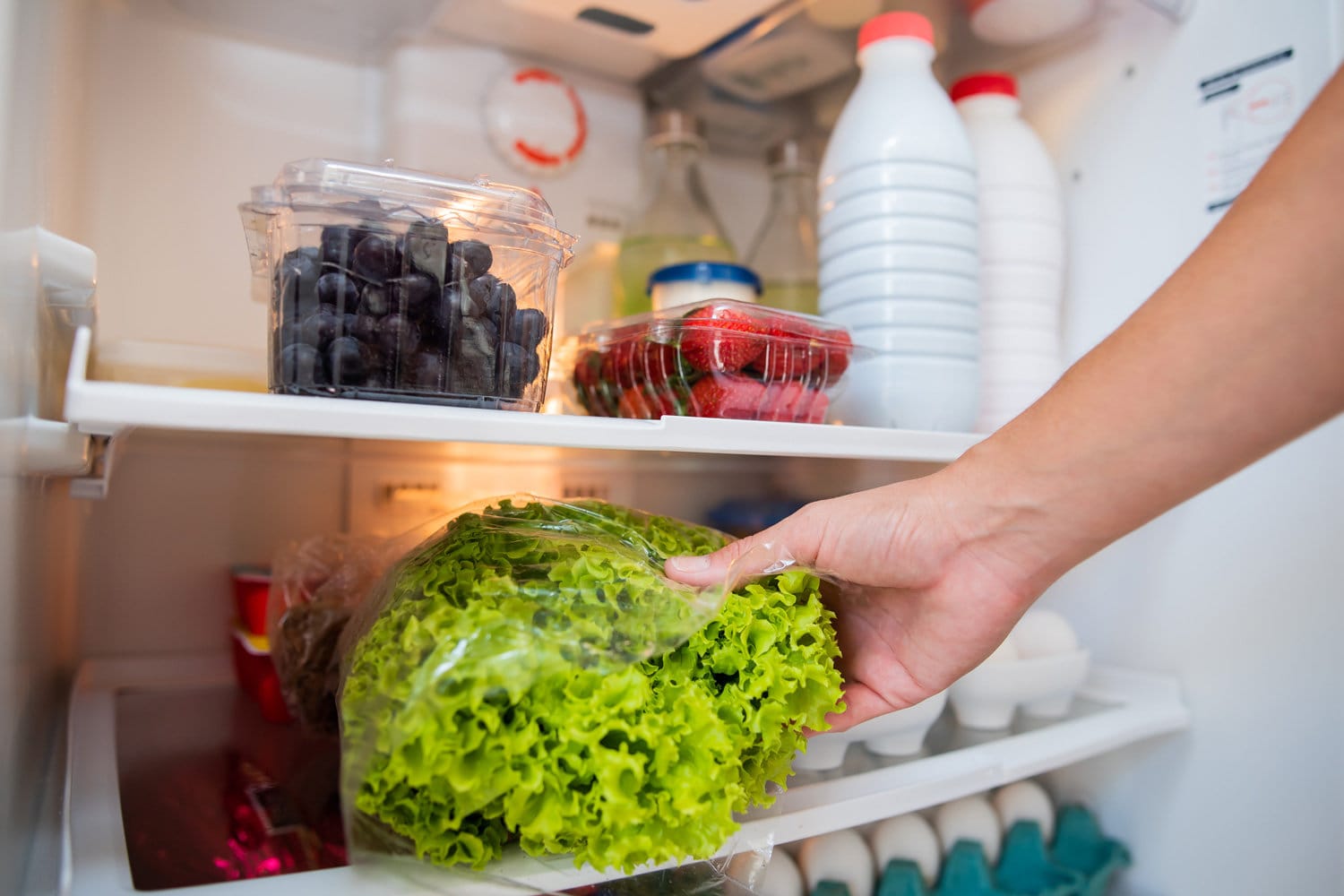
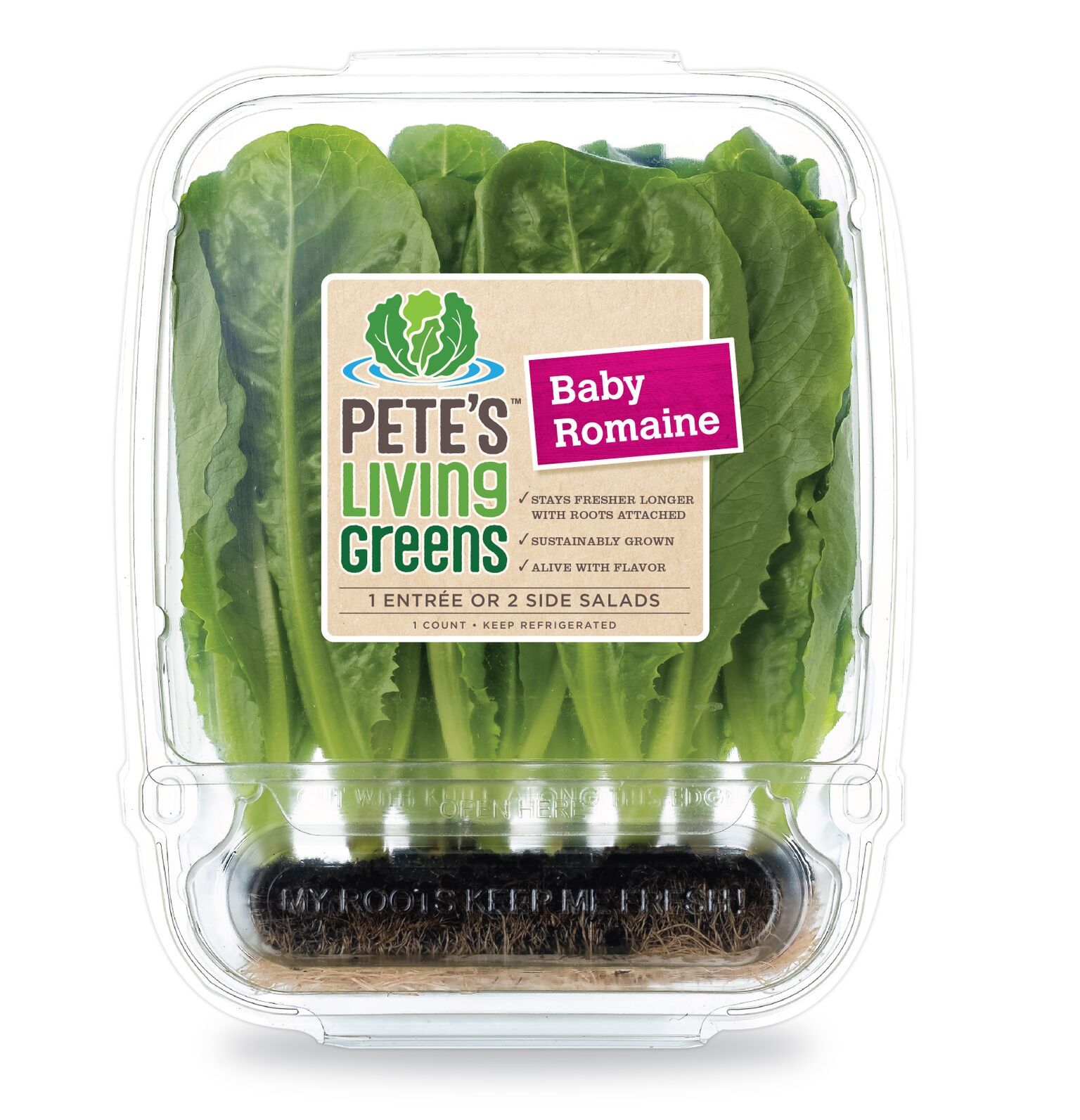
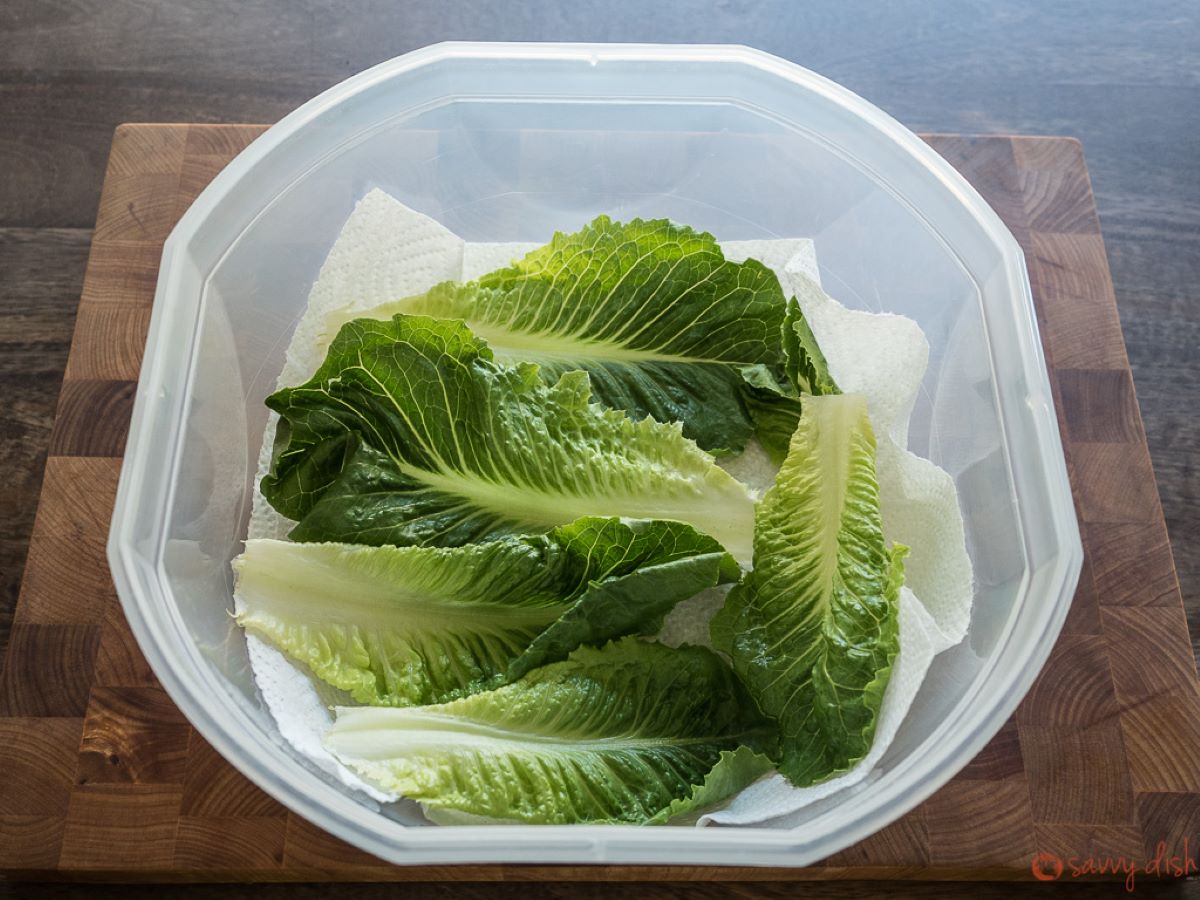
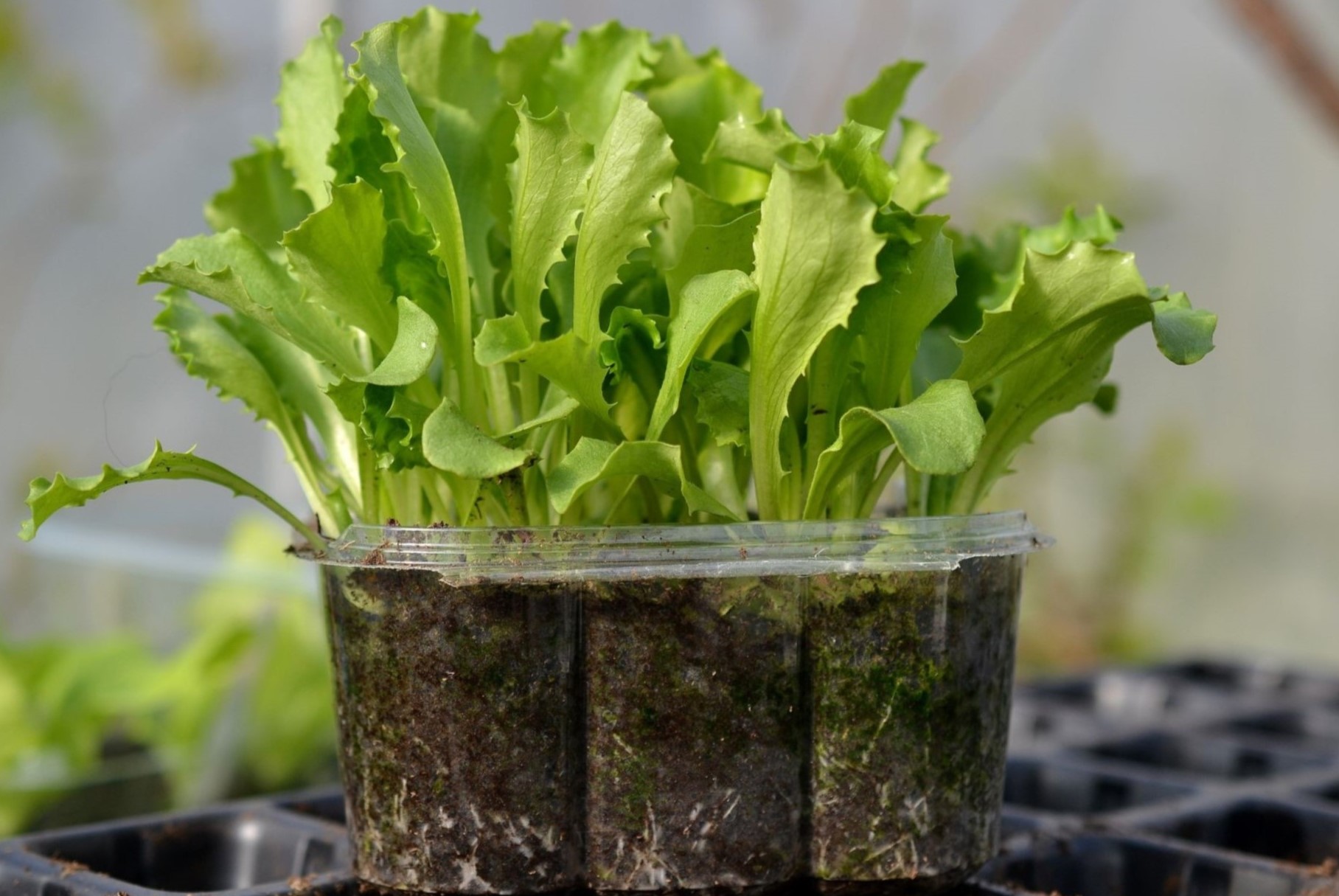
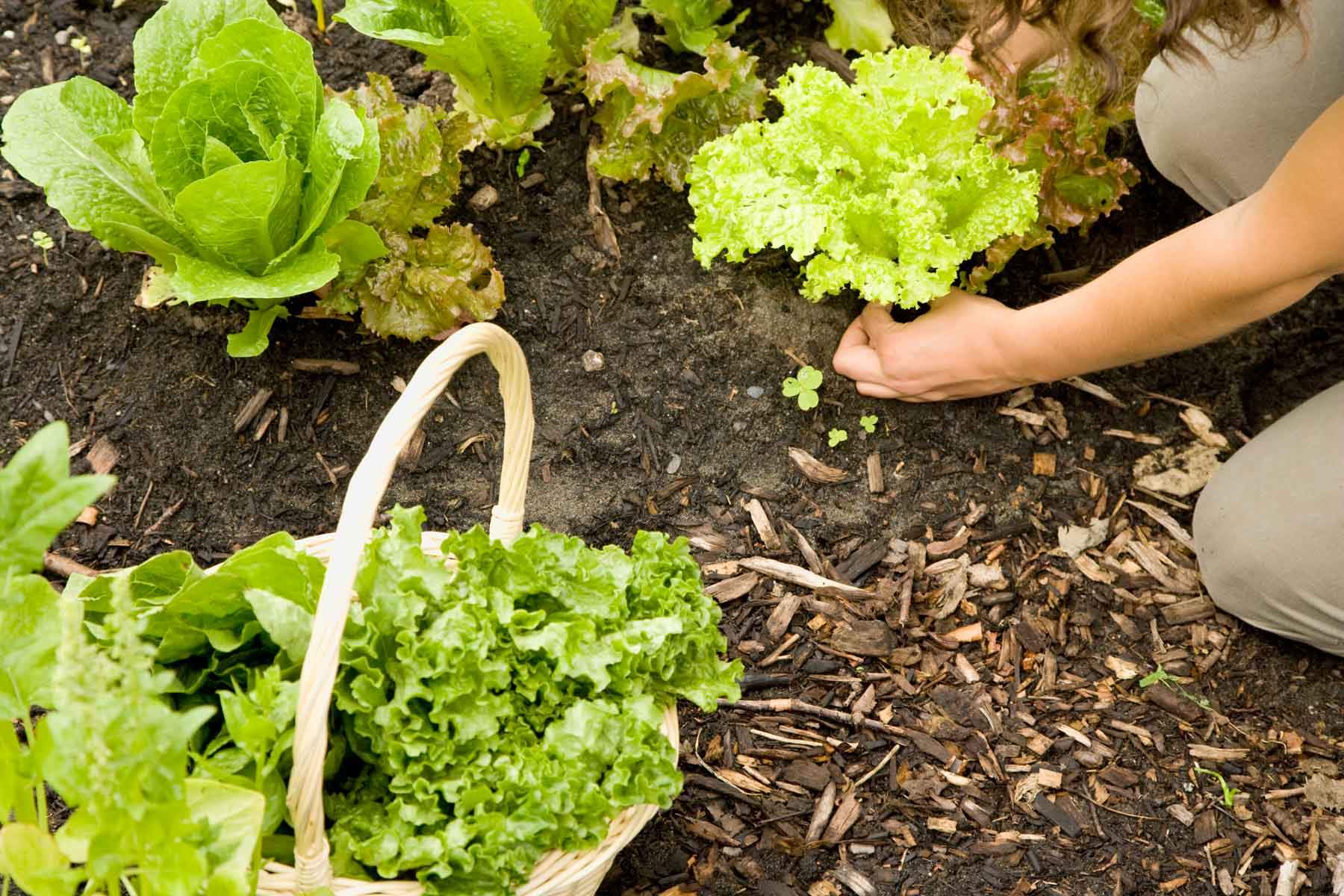
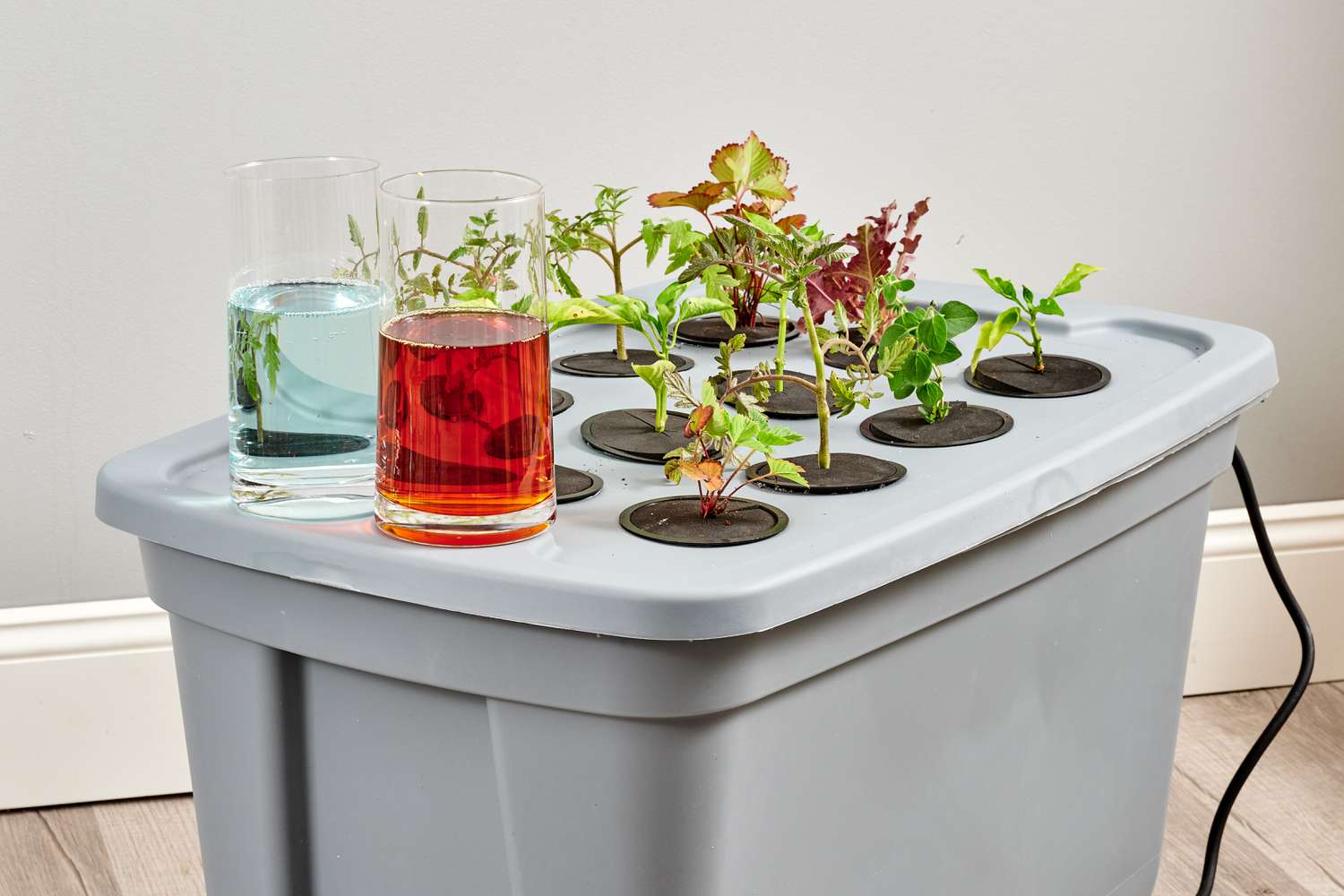

0 thoughts on “How To Germinate Lettuce Hydroponically”